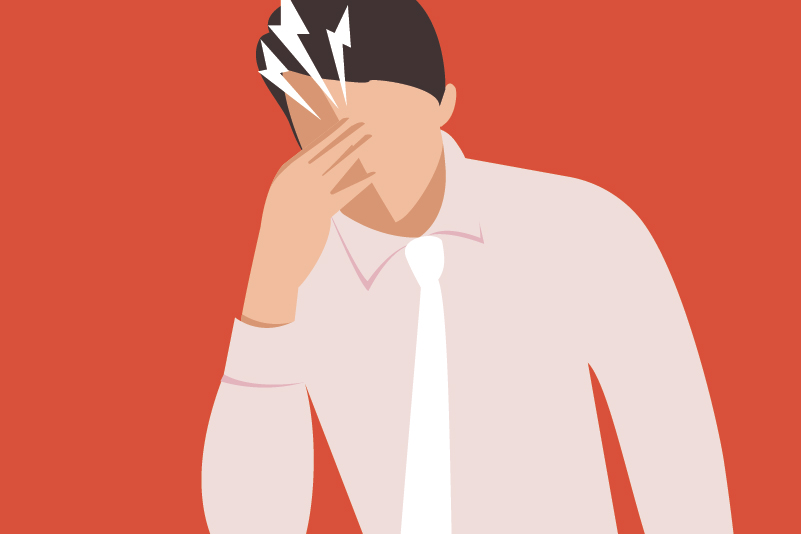#193 Riboflavin for Migraine Prophylaxis: Something “2-B” excited about?

Reading Tools for Practice Article can earn you MainPro+ Credits
Join NowAlready a CFPCLearn Member? Log in
- Three double-blind randomized controlled trials (RCTs), younger, predominantly female, Western Europe/US. All outcomes reported at three months.
- 55 patients, ~4 migraines/month, randomized to riboflavin 400 mg daily or placebo (with ß-carotene).1
- ≥ 50% reduction in frequency: 56% versus 19% (placebo); Number Needed to Treat (NNT)=3.
- Limitations: Inconsistent statistical applications, origin of funding unclear, limited adverse event reporting.
- 112 patients, six days of migraine/month, randomized to nutritional product with riboflavin 400 mg, Magnesium/Coenzyme Q10 and other vitamins or indistinguishable placebo divided twice daily.2
- Both reduced days of migraine/month 1.8 versus 1.3 (placebo). Not statistically significant (NSS).
- No meaningful differences in other outcomes.
- More adverse effects with riboflavin (mostly diarrhea or discoloured urine): Number Needed to Harm (NNH)=4.
- Limitations: Unclear randomization concealment (with more in placebo having co-morbidities).
- Both reduced days of migraine/month 1.8 versus 1.3 (placebo). Not statistically significant (NSS).
- 49 patients: Riboflavin 400 mg with magnesium/feverfew or “placebo” (riboflavin 25 mg).3
- ≥50% reduction in frequency 42% versus 44% (placebo); NSS.
- Fewer monthly migraines: 1.8 versus 1.7 (placebo); NSS.
- Limitations: Unclear randomization concealment, possible active comparator, no adverse effects reported.
- 55 patients, ~4 migraines/month, randomized to riboflavin 400 mg daily or placebo (with ß-carotene).1
- Two placebo-controlled RCTs (Australia/Netherlands) riboflavin 50 mg versus placebo (with carotene) (42 children)4 and 200 mg versus identical placebo (48 children):5
- No difference in days with migraine or headache intensity.4,5
- ≥50% reduction in frequency: 44% versus 67% (placebo); NSS.5
- Limitations: Underpowered5
- Third study uninterpretable due to significant differences in baseline characteristics.6
- Systematic reviews did not complete meta-analyses (so we focused on RCTs above).7-10
- Prophylaxis is recommended for those with ≥3 moderate-severe headaches/month.7
- The best evidence for migraine prophylaxis supports propranolol and amitriptyline, which benefit 1 in 4 and 1 in 8 patients over placebo, respectively.11,12
- Guidelines “strongly recommend” riboflavin (based on low quality evidence)7 or suggest riboflavin probably effective8 in adults.














